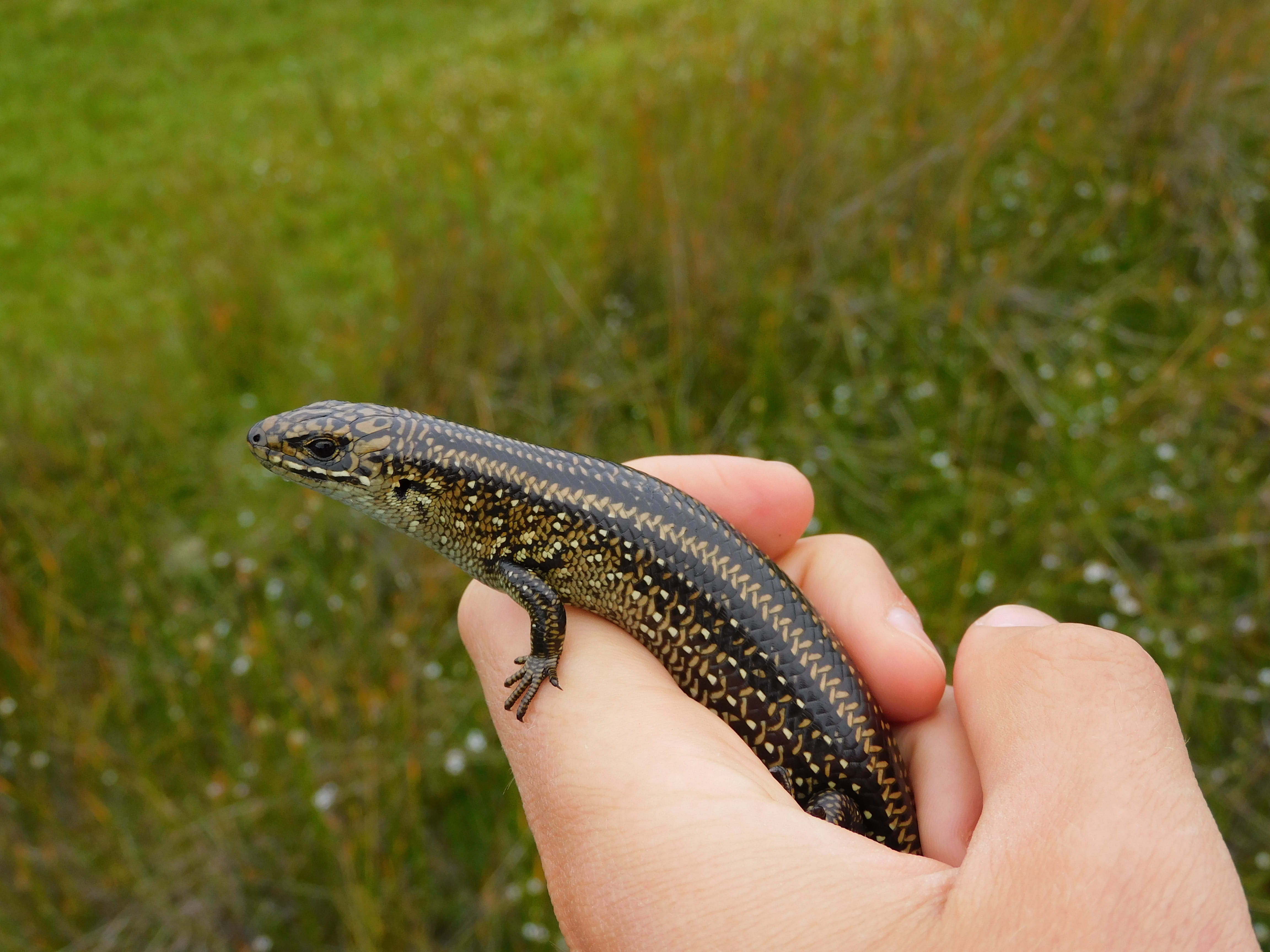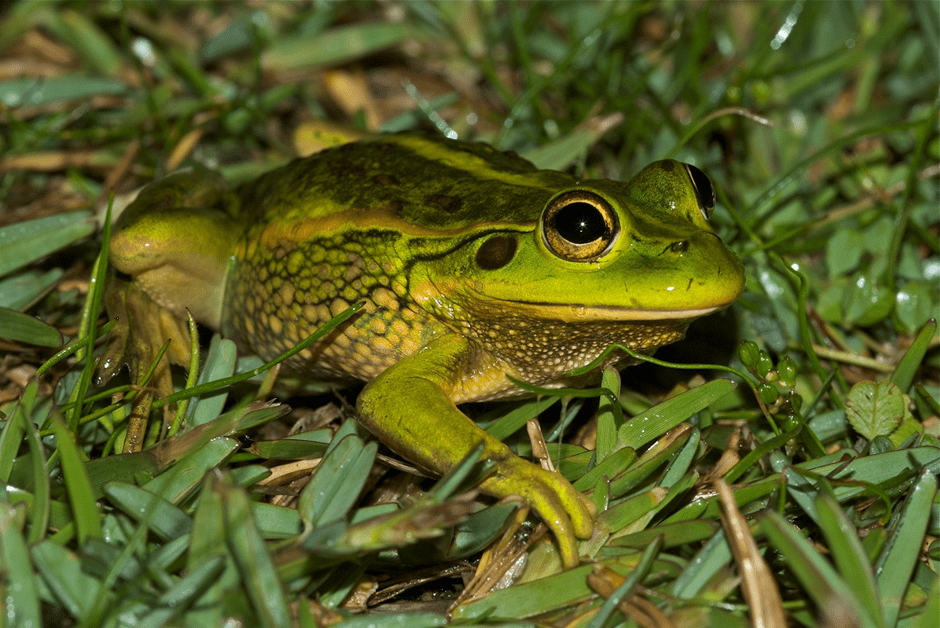Science doesn't have to be complicated.
Sometimes all you need is a good roof tile. And some help from Mother Nature.
For Parks Victoria staff working at Wilsons Promontory National Park, that's the philosophy as they work to understand more about the Swamp Skink, a lizard that's listed as endangered in Victoria.
Like many animals, the Swamp Skink is facing a range of threats to its survival, including feral predators like foxes and feral cats, and impacts to its natural habitat.
This is where a landmark project (and those roof tiles) comes in.
Protecting the Prom
The Swamp Skink is an elusive creature. Camouflaged in colours of olive-green-brown, it slips quickly away when disturbed, disappearing into dense vegetation, logs and rocks, or back to a burrow. It's elusive, yet territorial, and will aggressively defend its patch from other skinks.
As the name suggests, it's fond of wetland areas and will stay submerged in water for considerable periods to avoid detection. Unfortunately, this a habitat being impacted by factors including land clearing, changing water regimes and climate change.

Above: A Swamp Skink spotted at Wilsons Promontory National Park.
The Prom is one of a few places in the state that provides a suitable habitat for the Swamp Skink. The same goes for many other endangered species, including the Eastern Bristlebird, Ground Parrot, Growling Grass Frog, Hooded Plover, New Holland Mouse and Southern Brown Bandicoot.
With a mix of mountains, forests and coastline environments, the Prom is geographically blessed to support a variety of native animals. It also sits at the bottom of the Australian mainland, where it's cooled by the waters and winds of Bass Strait.
These features, along with years of tireless conservation work by Parks Victoria's local team and volunteers, have made the national park a place of remarkable biodiversity.
But with the growing threat of introduced species like deer, feral cats and foxes, the Prom needs a bit of help.
This help is coming in the form of an exclusion fence – a special barrier across the northern boundary that will be designed to prevent these types of destructive animals from entering the Prom.
Combined with conservation programs inside the fence, this Prom Sanctuary project will turn the national park into a 50,000-hectare safe haven and climate refuge, a place where plants and animals, like the Swamp Skink, can thrive.
Designing an exclusion fence
This will be no ordinary fence.
It will require a design that can stop certain animals while allowing others to pass. This can get complicated when some of the undesirable animals are clever and will try to jump, dig under or swim around the fencing. The fence will also need to last in the elements and traverse around 10kms of varying terrain.
There are many things to consider when designing this fence, which is why Parks Victoria is taking inspiration from existing projects, speaking with Traditional Owners, wildlife experts, environmental scientists, and engineers, to ensure that it will be built right.
There's also a need to build it in a way that causes as little disruption as possible.
That's why over the past year, Parks Victoria staff have been assessing the planned route of the fence to better understand what lives there. What's discovered is being used to inform the final alignment.

Above: Some of the Prom's vulnerable creatures include the Growling Grass Frog (credit: Museums Victoria).
Roof tiles and lizards
Of course, not all animals are the same – so these assessments have included a variety of methods.
For the Swamp Skink, a notoriously elusive creature, the method has been a roof tile (in technical terms, an 'artificial shelter survey').
A grooved, terracotta roof tile is chosen to draw the skinks out for observation. When warmed by the sun, it becomes an attractive spot for a lizard to bask. Equally, the tile's grooves offer snug places to shelter underneath.
It's a simple, but effective approach – and excitingly, Swamp Skinks have been recorded for the first time in the north-west of the national park. Further observations are taking place this year as Parks Victoria continues to investigate options for the exclusion fence.
Revitalising the Prom
The exclusion fence project is being delivered through a $23 million investment in the Prom that will also see new and upgraded walking trails, improved and accessible visitor facilities, and extra ways to stay at the park.
Improving how people experience the Prom is an important part of building a passion for its conservation, for creating a Prom Sanctuary that protects creatures like the Swamp Skink.
It's a major project that will take time – because this is a special place. It's an Aboriginal cultural landscape, a place of amazing biodiversity, an iconic destination.
To make sure we improve the park with care and consideration, we take planning and assessments seriously.
That's why we have teams gathering information about its special values, such as the vulnerable animals that live here. This is the work that tells us where, when and how we build things.
And sometimes, it begins with something as simple as a roof tile.






